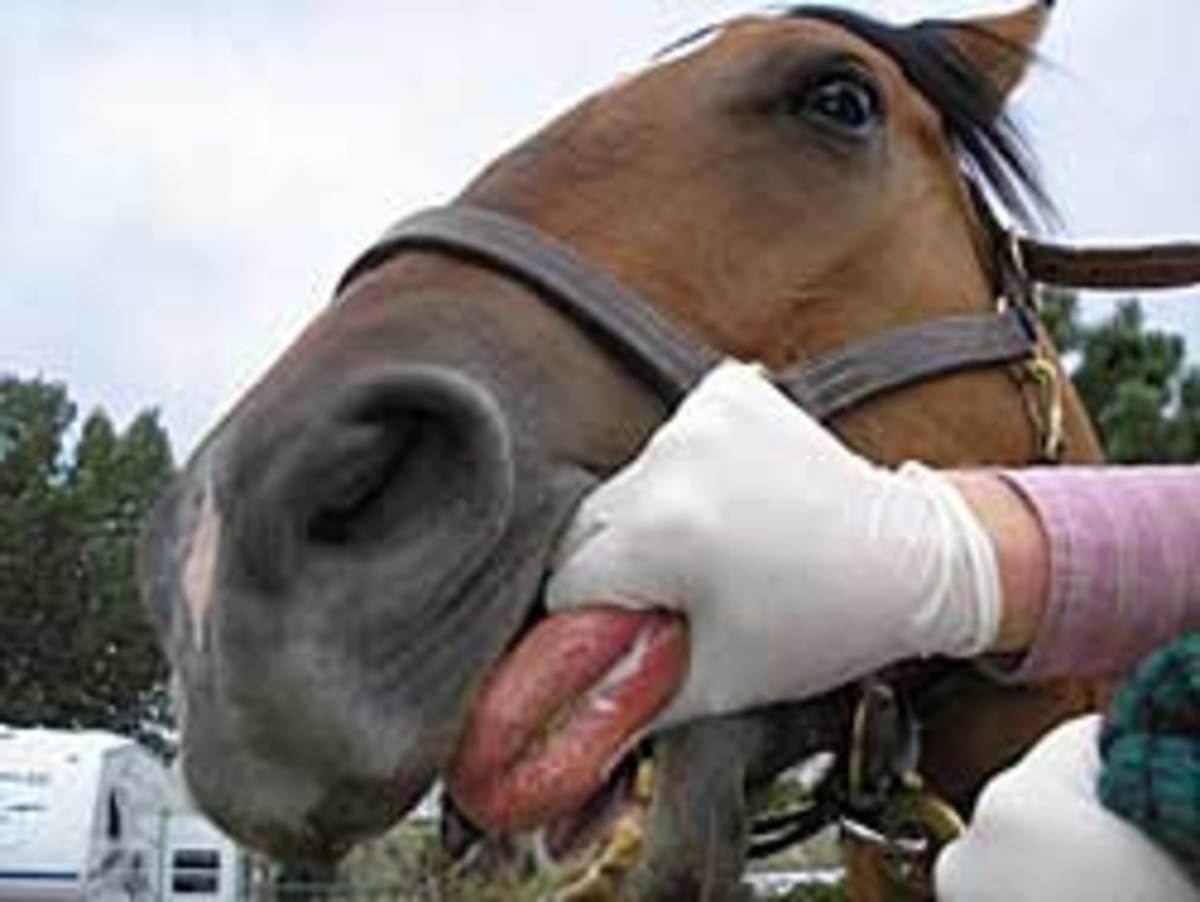Vesicular Stomatitis Discovered in New Mexico Horse; Quarantine Underway
- March 10, 2017
- ⎯ Fran Jurga
Another disease report has been issued for the horse-owning community. While the horse in question may live in a very remote part of the United States, a disease outbreak for a powerful virus like vesicular stomatitis virus (VS) can result in changes to interstate shipping of horses. Please pay attention to these alerts, especially if you are a frequent-hauler or plan to be on the road this summer.

The rest of us might take a moment to learn how to spell vesicular stomatitis virus. This disease seems to plague horses, cattle and pigs in the Southwest, but it is what is called a zoonotic disease: it can be spread to humans. It is not usually fatal to horses, but causes lesions in the mouth and on the coronets of horses. In cattle, it is very easy to confuse VS with foot and mouth disease.
The zoonotic aspect means that VS is of particular concern to public health.
But VS doesn’t just live in places like remote areas of New Mexico. Samples of the virus are alive and well in countless laboratories around the world. Researchers are studying the mechanism of the bullet-shaped vesicular stomatitis virus, which is classified as a negative-strand RNA virus. Its mechanism or indeed the very virus itself may be put to work as a weapon against HIV and other disease conditions in human medicine.
VSV may end saving some human lives, but in the meantime it is considered a public health concern when it makes an appearance.
The following information is provided by the New Mexico Livestock Board:
The New Mexico Livestock Board (NMLB) is working with USDA-Veterinary Services to ensure that a case of vesicular stomatitis (VS) discovered in a horse in Otero County remains an isolated case.
USDA-Veterinary Services and NMLB are conducting surveillance examinations of all livestock in the immediate area to make sure the infection is contained.? No further cases have been identified at this time.? The area is very low-density in terms of livestock population.

Managers and producers of major equine shows and events are strongly encouraged to call the state veterinarian at (505) 841-6161 for guidance on how to minimize disruption of shows and events.
Livestock producers in New Mexico may have some restrictions applied to animals moving into other states or internationally.? Any movement restrictions will be posted on this site as soon as they are available.? For information on international shipment, please contact USDA-Veterinary Services’ Albuquerque office at (505) 761-3160.
According to USDA, it’s not fully known how VS is spread; factors include insect vectors, mechanical transmission, and movement of animals.? VS is not usually fatal.? The virus primarily affects cattle, horses, and pigs, causing blister-like lesions that can be painful enough to limit the animal’s eating and drinking.? According to USDA, good sanitation and quarantine practices on affected farms usually control the infection until it subsides and soon ends; affected animals typically recover in two weeks.
To learn more:
A lengthy news article about this outbreak was published yesterday in the Almagordo (NM) Daily News
May 2010 on The Jurga Report: Vesicular Stomatitis Virus Found In Horses in Arizona
June 2009 on The Jurga Report: Florida Imposes Transport Inspection, Restrictions on Texas Livestock
Vesicular Stomatitis in Montana by Sandy Gagnon of Montana State University Equine Extension





